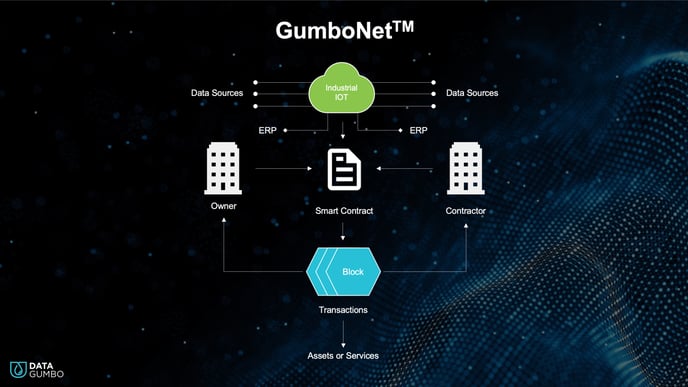From general blockchain application to how Data Gumbo utilizes blockchain to empower transparency and trust.
General Application
In 1991, a group of researchers had the idea to use blockchain to timestamp digital records and prevent any unwanted data alterations. However, the idea was never developed further. In 2009, blockchain emerged again with an application concentrated on cryptocurrency and tokens or digital coins. Thus far, this application has proven to be the most successful application of blockchain technology.
Many public cryptocurrencies such as Bitcoin, Ethereum, Litecoin, etc. were developed for directly transferring money across borders between individuals, without “middlemen” such as bankers or brokers. In the private sector, banking and financial institutions also developed their own private cryptocurrencies to conduct transactions between a network of banks.
Following the triumph of cryptocurrencies, a new application of blockchain emerged with smart contracts. Data Gumbo’s proprietary GumboNetTM is of this generation of applications.
Data Gumbo Application
In a smart contract, there are no cryptocurrencies involved. Instead, a computer program is developed and coded based on business logic to execute a predefined agreement between counterparties upon conditions being met. For example, on a paper contract signed between party A and party B, party A agrees to pay party B $10 for each gallon of gasoline delivered to party A. When party B successfully delivers the gasoline as per predefined contract terms, the smart contract triggers the agreement, notifies party A’s accounting system to conduct the invoice payment, and permanently records the invoice on their immutable blockchain. The recorded data on each block is private and secure; no one else, including Data Gumbo, aside from party A and party B can see the stored information.

